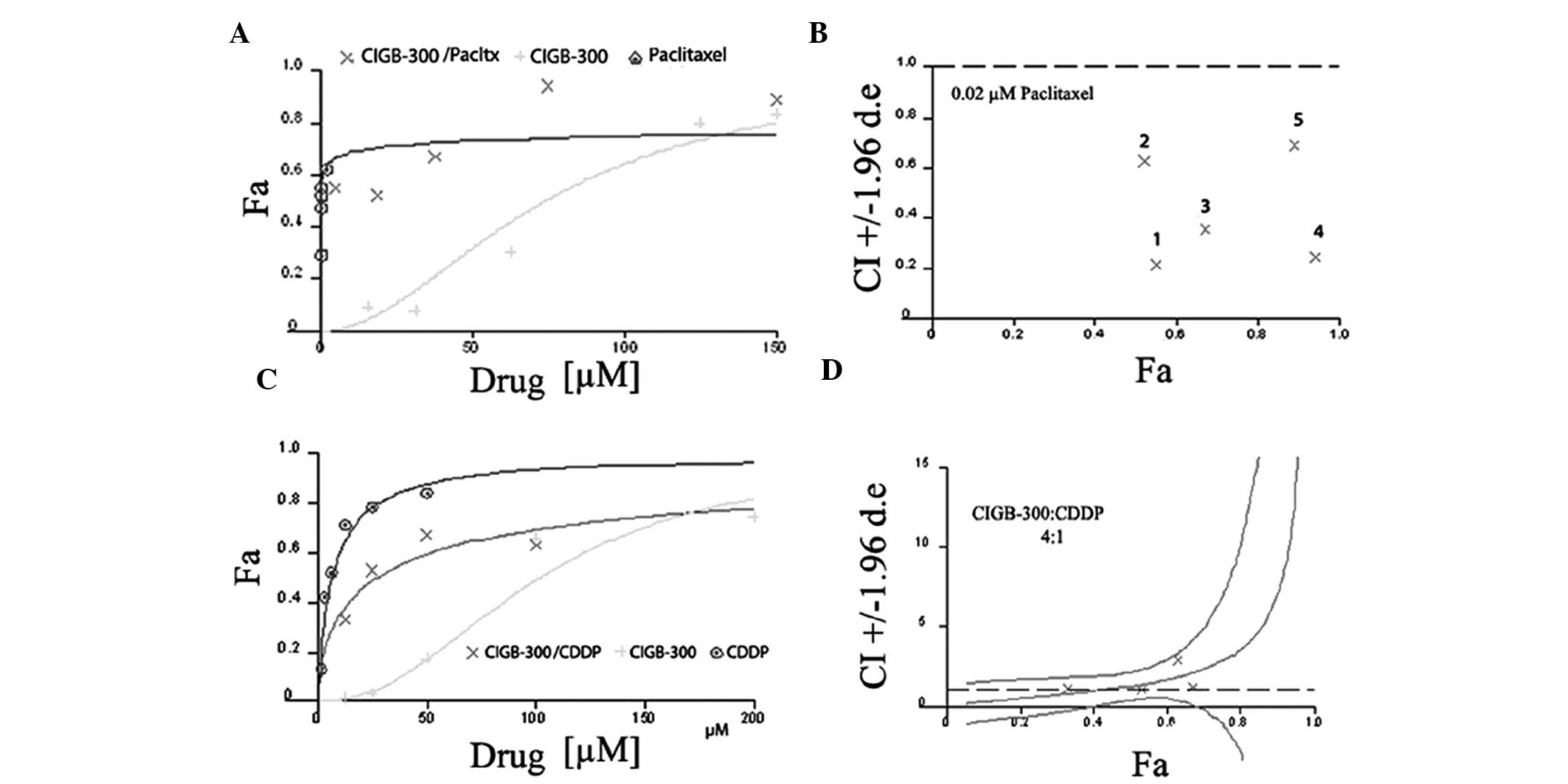

Polymer–drug conjugates can overcome certain limitations of small-molecule therapeutics. (48,54,68−80) A variety of non-polysaccharide, sulfated polymers were also found to inhibit HIV replication, including sulfated derivatives of poly(vinyl alcohol) and polystyrene along with poly(vinylsulfonic acid), poly(2-acrylamido-2-methyl-1-propanesulfonic acid), poly(anethole sulfonate), and copolymers of vinyl alcohol sulfate acrylic acid and biphenyl disulfonic acid urea. (67) Carrageenans, fucans, alginates, galactans, naviculans, and sea algae extracts have all been investigated for their antiviral HIV properties (one among many other viruses they can inhibit). found that polysaccharides isolated from Gelidium cartilagenium (red algae) had an inhibitory effect on influenza A and mumps virus. Their potential as antiviral materials was first discovered in 1958, when Gerber et al. (50−66) Polysaccharides isolated from marine algae were also investigated. (50,51) A diverse list of polysaccharides including pentosan polysulfate, sulfoevernan, N-carboxymethylchitosan- N, O-sulfate, and sulfated derivatives of bacterial glycosaminoglycans, lentinan, mannan, chondroitin, curdlan, dextrin, cyclodextrins, paramylon, and polyxylan were all found to have inhibitory effects on HIV. Within a few years, researchers began investigating a wide variety of sulfated polysaccharides, and the results were promising. (26−28) However, there was no significant consensus on which mechanism was favored or how a polymer could act via one route but not another.Īfter the anti-HIV potential of dextran sulfate and heparin was discovered, the literature on other sulfated polysaccharides expanded rapidly ( Table 1). (24,25) The alternative proposed mechanism suggested that polyanions could stimulate the cellular production of interferon, a signaling protein released by a virus-infected cell to warn nearby cells. Polyanions were also ineffective if administered after the viral infection of cells that is, they were unable to inhibit viral replication if the viruses had been given sufficient time to interact with and attach to local cells. However, there was evidence that this virion–polymer interaction was reversible and could therefore not permanently neutralize a virus. The first involved a mechanism of viral adsorption inhibition, where the polymer would attach to the viral surface and block its ability to then attach to cells. (22,23) Two ideas were proposed to explain how polyanionic systems inhibit viruses. (18,19) Sulfated polysaccharides such as dextran sulfate, heparin, and agar were evaluated for their potential as viral inhibitors, (18,20,21) and non-polysaccharide polyanions, including poly(acrylic acid)and poly(methacrylic acid), were also observed to have similar potential as antiviral materials.

In 1961, the importance of polyanionic character for antiviral activity was recognized and confirmed. We also explore insights into different mechanisms of action, and we offer ideas on how the field of antiviral polymers might advance in the future. We discuss polymers with activity against viruses with limited treatment options (hepatitis C), ubiquitous presence (influenza, norovirus), or long-term complications (HIV). This Perspective outlines the significant advances and challenges in the field. They can also serve as microbicides or antiviral drug-delivery vehicles. Antiviral polymers can directly inhibit viral replication and infection, usually by binding to the virus and preventing it from invading a host cell. The field has emerged, expanded, and adapted over the past 70 years, producing unique classes of materials that hold promise for overcoming these obstacles. For decades, antiviral polymers have been studied for a range of infectious diseases. Drug resistance, latent reservoirs in the body, emerging novel viruses, and a frequent lack of specific treatments all complicate antiviral therapy.

Treating a viral disease is no simple feat.


 0 kommentar(er)
0 kommentar(er)
